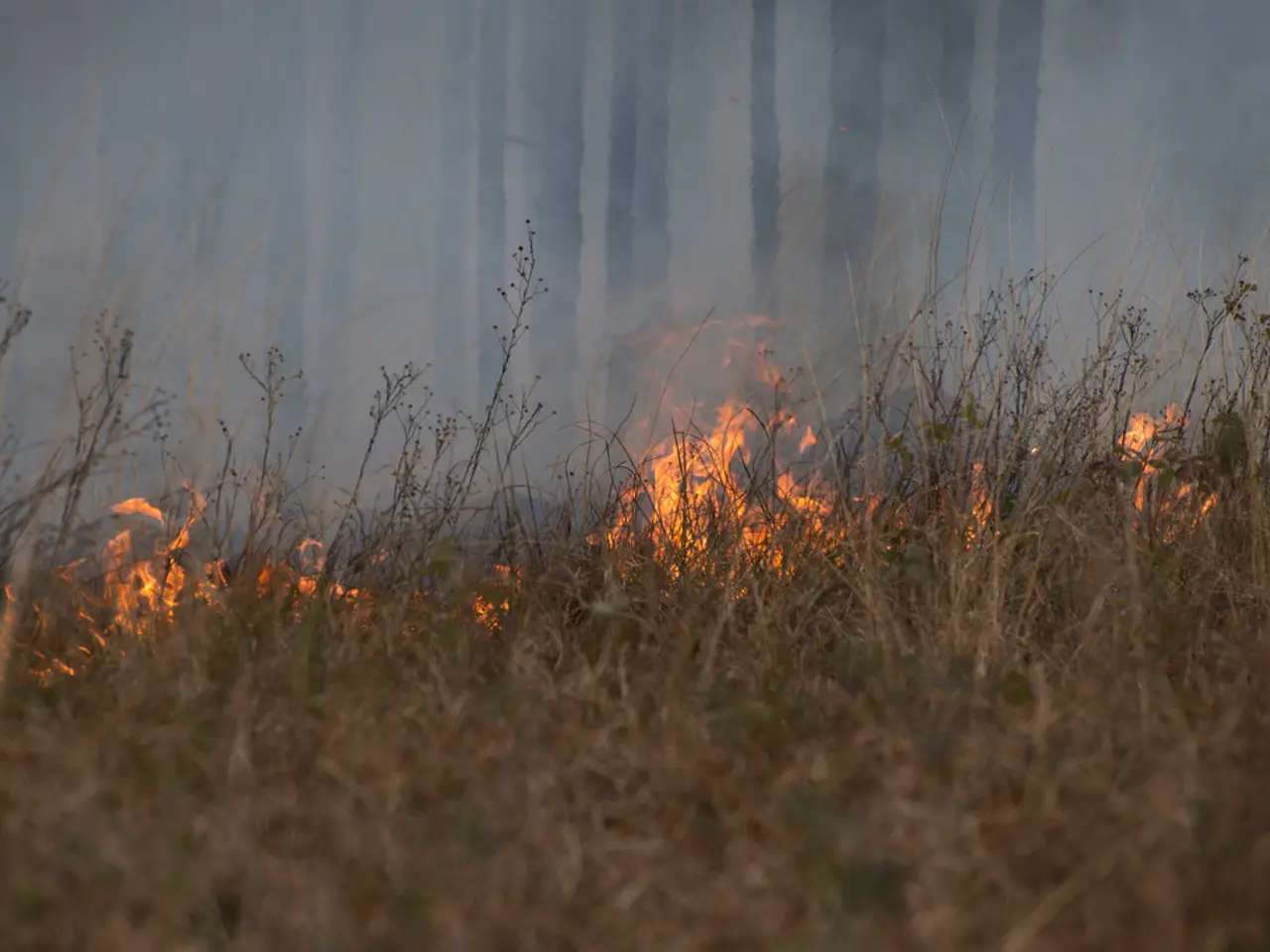Hurricane season advancement status evaluated: A look at the current situation
In an unusual and disruptive move, a crucial source of satellite data for hurricane forecasters is set to be shut down at the end of July due to cybersecurity concerns. This decision, which has raised significant concerns among experts, comes at a time when the Atlantic hurricane season is already underway and is expected to be above-average active.
The Defense Meteorological Satellite Program (DMSP), which provides real-time imagery and microwave data essential for monitoring hurricanes, particularly at night, is the satellite data source in question. This data is vital for timely identification of storm intensification and rapid intensification, key factors in accurate hurricane forecasts and warnings.
Meteorologists and former National Hurricane Center officials have warned that losing this satellite data will result in delays of up to six hours or more in forecasts and warnings, affecting the ability to deliver timely and precise information to those in the path of storms. There is no substitute for this data, and its loss is expected to degrade the quality of hurricane forecasting during the anticipated above-normal Atlantic hurricane season.
The National Oceanic and Atmospheric Administration (NOAA) predicts 13 to 19 named storms for this season, with six to 10 becoming hurricanes, and three to five reaching major hurricane intensity (Category 3 or stronger). The timing of this shutdown raises concerns, as the most active part of hurricane season takes place after July.
Hurricane Flossie, the Eastern Pacific's sixth named storm this season, is expected to sideswipe southwest Mexico this week. However, Saharan dust plumes are inhibiting hurricane formation by wrapping dry air into storms in the Atlantic. Rapid intensification and quick landfall of July storms in the Atlantic can amplify the threat due to short warning lead times.
The Atlantic hurricane season's first storms, Andrea and Barry, were short-lived rainmakers, dissipating after reaching tropical storm status. Weather models suggest that well-organized, long-lasting storms could develop through mid-July are not indicated.
Storms that develop in July in the Atlantic tend to do so in the shallow Caribbean or Gulf waters, which are warmer this time of year. On average, only one named storm forms in July during the hurricane season. The Atlantic hurricane season's peak occurs in mid-September.
NOAA is 70% confident in this particular outlook. However, the expected shutdown of the DMSP satellite and other ongoing challenges, such as staffing cuts throughout the agency and proposed permanent closures of NOAA's Atlantic Oceanographic and Meteorological Laboratory and its Hurricane Research Division, are causing concern. These closures, if implemented, could further degrade hurricane forecasting capabilities and pose a real risk to public safety.
In summary, the shutdown of this critical satellite data source in the middle of an active hurricane season is an unusual and disruptive action that poses a real risk to the effectiveness of hurricane forecasting and public safety. It reflects broader funding and policy challenges rather than a routine operational procedure. Efforts are being made to postpone the cutoff temporarily due to military cybersecurity concerns, but unless resolved, this shutdown will proceed, impacting forecasters during a critical period.
- The loss of the defense meteorological satellite data, which is crucial for weather-forecasting, particularly for hurricanes, is expected to degrade the quality of environmental-science research on climate change.
- The degradation of hurricane forecasting capabilities due to the shutdown of the DMSP satellite, at a time when the climate-change-predicted above-average active Atlantic hurricane season is underway, exacerbates concerns in scientific circles.
- The decision to shut down the satellite data source for weather-forecasting, vital for the timely identification of storm intensification, coincides with the start ofincorporating weather-forecasting data into the broader field of environmental-science, focusing on climate change and its impacts.








